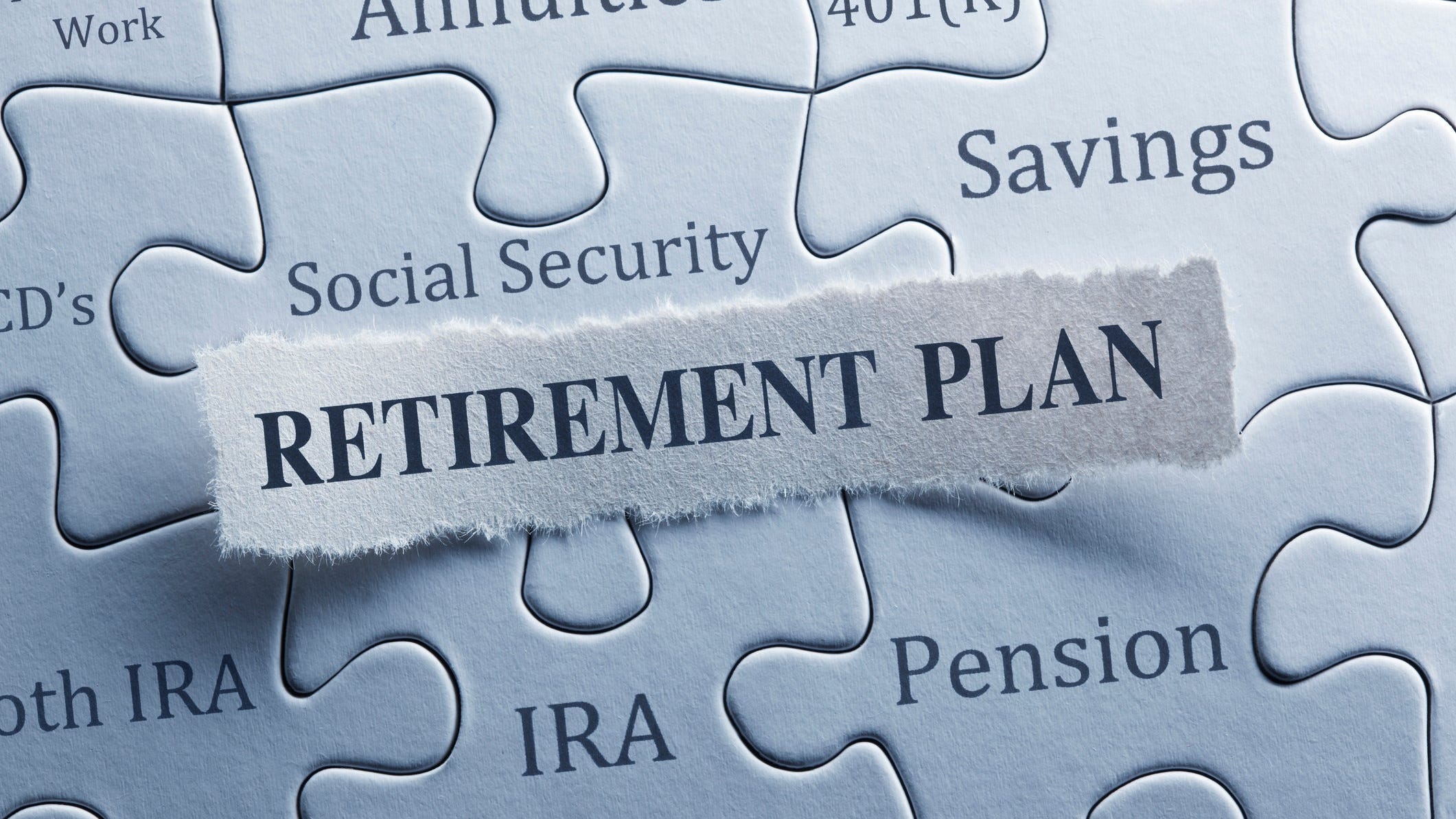Plan your pension to secure your retirement years

Plan your pension to secure your retirement years
Planning the process of retirement is a process that consists of multiple steps and tends to evolve over time. In order to have a fun, secure, and comfortable retirement, you must build such a financial situation that aids in the funding of every dependent.
Retirement planning begins with pondering the aims of the retirement and the ways in which you plan to meet the objectives. Therefore, you must consider the kinds of accounts of retirement that aid you in raising your future funds.

For the same, you must know these steps that you must take in order to plan your pension.
- Comprehend your time horizon.
Your present age, as well as your anticipated age of retirement, form the basis of an efficient strategy for retirement. You must, therefore, break your pension planning into a number of components.
These may include your children’s education, moving to another state, etc. A pension planning of multiple stages should comprise a number of time horizons, including the requirements for liquidity for determining the optimal strategy of allocation.

- Determination of Spending Needs after Retirement
Possessing realistic anticipations regarding the spending habits after retirement will aid you in defining the needed size of a portfolio of retirement. Further, you may need more funds than you ponder in case you wish to buy a house or fund the education of your children after being retired.
- Calculate the Rate of After-Tax of Returns of investment
Once the anticipated horizons of time and the expenses necessities are identified, the pension planning must consist of the calculation of the after-tax real rate of return in order to assess the portfolio’s feasibility of generating the required income.
A necessary rate of return more than 10% prior to taxes is generally an expectation that is unrealistic even for investing that is long-term.
As you grow older, the threshold of return reduces since portfolios that are of low-risk retirement majorly comprise of fixed-income securities that provide low yields.

Based on the kind of account of retirement you hold, the returns of investment are majorly taxed. Hence, the real return rate should be calculated on the basis of after-taxes.
Nonetheless, calculating your status of tax when you initiate to withdraw money is a critical aspect of the pension planning process.
- Assessment of Investment Goals vs Risk Tolerance
A proper portfolio that balances the needs of risk aversion, as well as objectives of return, is the most crucial step in the process of pension planning.
You must be ensured that you are completely comfortable with the associated risks in the portfolio and are aware of the requirements and luxuries.
The mutual fund that might make you discontent this year might be the best in performance the subsequent.

- Always consider Estate Planning
A well-rounded pension plan comprises estate planning as a crucial step. Ensuring life is among the aspects of the pension plan process and estate plan.
Possessing a life insurance and estate plan makes sure that your assets are rightly distributed according to your choice.




